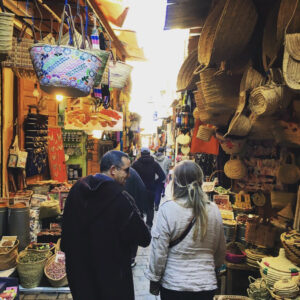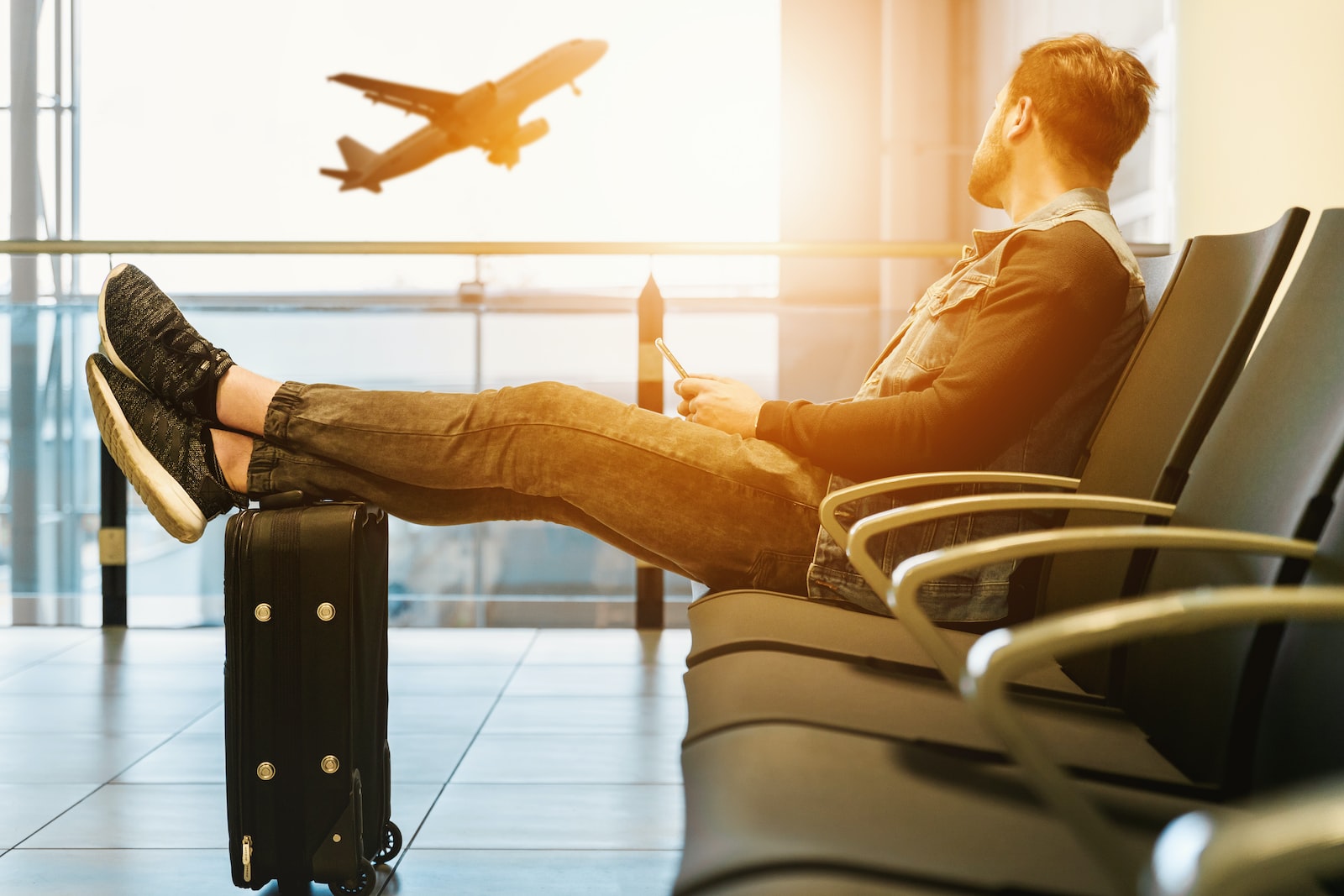Is travel “back”? With inflation still running high, we might expect travelers to be tightening their purse strings and opting for “staycations” this holiday season. However, even as a majority of American travelers say they will be more prudent with their spending on account of a looming recession, the fact is that nearly 82% still say they have a trip planned in the near future.
This would seem to suggest that travel is indeed making a comeback, despite potential headwinds. And just as individuals warm back up to the idea of getting away, it’s no surprise that incentive travel is also once again on the rise. According to a recent Incentive Travel Index survey, 80% of industry professionals feel that travel incentives are gaining in strategic importance, particularly as a tool for enhancing company culture and improving retention.
But even though incentive travel may be coming back, we need to ask ourselves: is it coming back in the same way? After some truly difficult years, it’s fair to wonder if people’s expectations and desires when it comes to incentive travel resemble those of pre-pandemic years.
We believe that with everything that has gone on, incentive travel isn’t just back—it’s more important than ever. Between rising costs, a challenging labor market, and more than two years of isolation and virtual meetings, people are ready for more than just a casual escape. We’re looking for an experience, a trip that will help us feel connected, enriched, and energized. We want leisure, yes, but more than that, we want to immerse ourselves in something memorable, something meaningful. And there’s really no better way to do that than through travel.
With that in mind, here are three ways you can Reimagine your next incentive trip and provide your participants with a truly unique and memorable experience:
1) Add a Corporate Social Responsibility (CSR) component
They say that pressure forges diamonds, and through the struggles and challenges of the past few years, we’ve definitely found this to be true. We might assume that people coming out of a pandemic would want a mindless escape from reality when it comes to their travel preferences. However, what we’ve actually seen is in fact a greater desire to reach out and help one another—to give back to those facing challenges similar to or greater than our own.
To be clear, our clients haven’t been clamoring for community service trips. What we’ve noticed, though, is more openness to the idea of including a low-friction, high-impact CSR initiative into the program itinerary. Typically made optional for trip participants, this kind of event occupies minimal time—just a few hours during one day of the trip—and offers an experience that creates a positive and lasting impression for attendees.

CSR events can provide a positive experience for attendees and the local community alike
For example, in one of our trips we collaborated with a local food bank in Aruba to help provide free meals to local families in need. Participants on the trip were given the option to spend a few hours one morning packaging up donated food items. Feedback for the event included comments like:
“Loved the CSR event. Need to continue that.”
“Giving back is always rewarding, so this type of activity should become the standard.”
“I think the CSR event was a fantastic gesture and something that should be included wherever possible!”
Clearly, these types of events, when done right, can have a tremendous impact on participants, and create the type of lasting impression that can turn your run-of-the-mill trip into a memorable, reimagined experience.
2) Provide opportunities for immersion into the surrounding community
In the same vein as CSR events, one often overlooked element of a truly memorable trip is the people. In the past, this might have been something we’d take for granted—the friendliness of the local taxi driver, the warmth and hospitality of the hotel staff—only really noticing when something was off or unpleasant. But I think as many of us have begun to reemerge in the last year, and started reconnecting with the people around us, we’ve begun to appreciate once again the joy we get from simply interacting with one another.
How do we Reimagine this element in an incentive trip? Of course, there will always be opportunities for participants to interact and connect with one another. But to make the trip feel truly unique, are there ways to also build connections with the local community? We’ve found that this sort of strategy can be a real difference-maker, whether that means hosting an exhibit with local artists, or offering a hands-on activity or excursion that features engagement with community members (for example, a trip to a local farm or distillery where communication and interaction are a focal point).
One of the most memorable travel experiences I’ve ever had was during a family trip to the city of Fes in Morocco. During our visit, we hired a local tour guide to take us on a walking tour of the city. It was incredible. He led us down back alleys where local bakers made bread in underground chambers; we visited a carpet seller and a weaver who smiled at as he worked his loom; we met a medicine man and learned about a variety of traditional Moroccan elixirs.

A guided walking tour in Fes, Morocco
I can say with certainty that we wouldn’t have seen any of these local tradespeople on our own, and yet they’re what made our visit to Fes so magical and memorable. It’s these types of experiences that people crave, because they’re what help us establish connections with the destinations we visit.
3) Incorporate cultural elements into group functions and/or events
Finally, another important ingredient that’s been missing from many of our lives these past few years has been deep experiences. It can be easy to think that, as many of us have been more isolated and having fewer new experiences, the solution to this would be greater breadth to our daily lives—in other words, having more experiences. But I would argue that the depth of these new experiences may actually be more important than simply having many of them.
What does this mean for incentive travel? Well, when it comes to travel, “deep” could mean gaining a better understanding of what’s important to the places we visit. Are there cultural themes, concepts, or objects that give these destinations value? Is there a way that, when we visit a place, we can go there as a traveler, not just as a tourist?
A good place to start to Reimagine might be the Welcome and Farewell events. While you may be able to increase your margins by a couple of percentage points by opting for a standard buffet, you may lose far more than that in opportunity cost and lack of memorability. Is there a traditional dish—even an appetizer or dessert—that’s central to the local culture?
But even beyond this, have you explained what makes this dish special? Something as simple as a unique dish and a memorable presentation can make a big difference when it comes to creating an impression. As an example, think about a pig roast and luau while vacationing in Hawaii. A traveler might forget every single 5-star meal they have on the trip, but they’ll surely remember this.
Conclusion
As the period of lockdowns, social distancing, postponements, and cancellations begins to slowly fade into our collective background, we might think it’s high time we returned to business as usual. But it’s hard to imagine going through such a period without coming out the other side a little bit different.
When it comes to the expectations of travelers, we need to consider the prospect that what people want, what they’re looking for, may also have evolved. That’s why I’d suggest that there’s a need now to reimagine how we think about and plan our future incentive trips. People are searching for more than just an annual escape. They want discovery, connection, and engagement. They want to feel rejuvenated, not just relaxed. And if they can Reimagine the right blend of elements, their incentive trip can give that to them.




